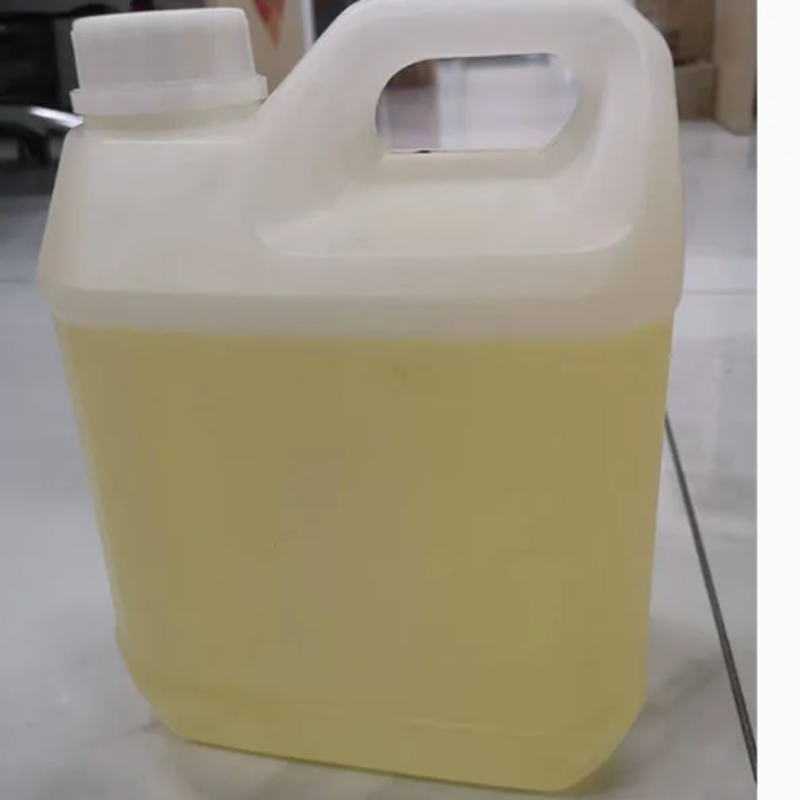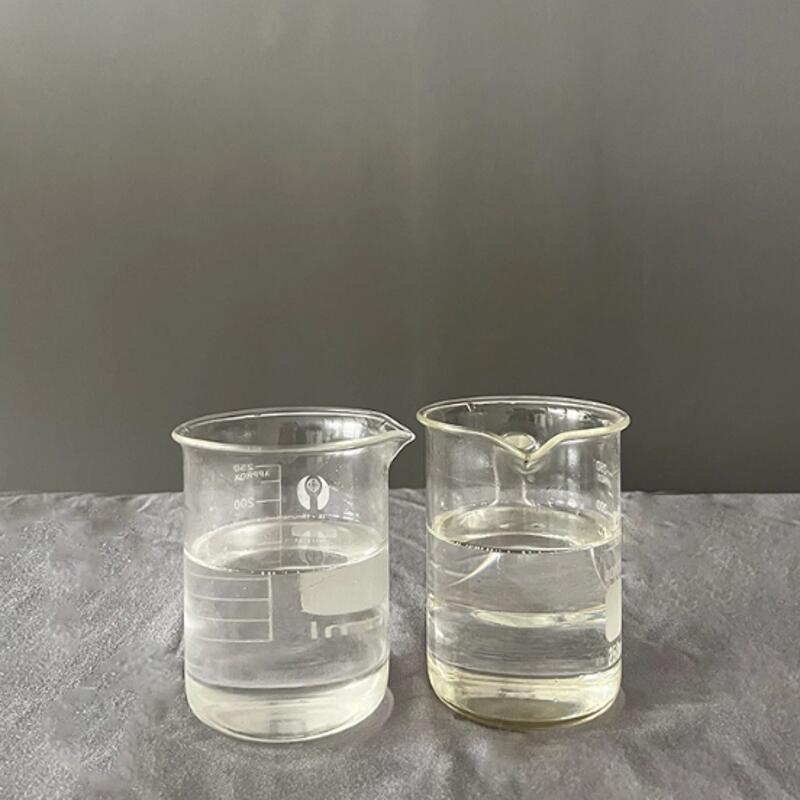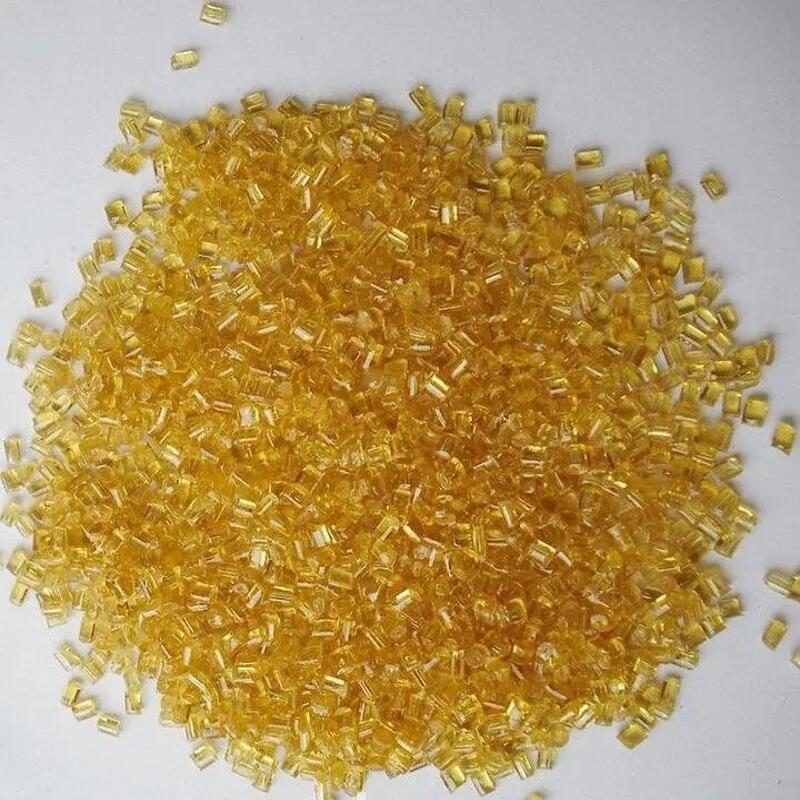-
Categories
-
Pharmaceutical Intermediates
-
Active Pharmaceutical Ingredients
-
Food Additives
- Industrial Coatings
- Agrochemicals
- Dyes and Pigments
- Surfactant
- Flavors and Fragrances
- Chemical Reagents
- Catalyst and Auxiliary
- Natural Products
- Inorganic Chemistry
-
Organic Chemistry
-
Biochemical Engineering
- Analytical Chemistry
-
Cosmetic Ingredient
- Water Treatment Chemical
-
Pharmaceutical Intermediates
Promotion
ECHEMI Mall
Wholesale
Weekly Price
Exhibition
News
-
Trade Service
On June 16, Lou Jianfeng, President of BASF's Global Advanced Materials and Systems R&D Platform, said at the 2020 International Forum on Polyurethane Frontier Technology that the company will continue to invest in the construction of the Shanghai R&D Center in the future, and the company's R&D focus will continue to shift to Asia
.
Up to now, the total investment of BASF's Shanghai R&D center has reached nearly 180 million euros (about 1.
44 billion yuan)
.
In 2012, BASF invested 55 million euros (approximately RMB 441 million) to establish the Shanghai Innovation Park, which is the company's global and Asian R&D hub
.
In 2016, BASF invested 90 million euros (approximately RMB 690 million) to build the second phase of the Shanghai Innovation Park, and moved the global headquarters of advanced materials and systems research to Shanghai
.
In March last year, BASF invested another 34 million euros (approximately RMB 272 million) to establish the Asia-Pacific Automotive Application R&D Center and Process Catalysis R&D Center
.
In addition to the R&D center, BASF is building a new chemical base in China
.
To meet the growing demand in the Chinese market, early last year, BASF announced the construction of an integrated base in Zhanjiang, Guangdong
.
The Zhanjiang integrated base project has a total investment of 10 billion US dollars (about 66 billion yuan), which is the largest project invested by BASF so far
.
According to Lou Jianfeng, the Zhanjiang integration project is continuously advancing, and the progress of the project has not been affected by the new crown epidemic
.
On May 30, the first batch of installations of the base project has been officially piling and construction started
.
Lou Jianfeng said that the main reason for BASF's increased investment in R&D and production in China is the company's confidence in the Chinese market
.
He analyzed that China is the world's largest chemical market, accounting for more than 40% of the global market share, and it is expected that this figure will be close to 50% in 2030
.
Lou Jianfeng also believes that from the perspective of technological innovation, products of Asian customers are updated faster and the demand for innovation is stronger
.
Compared with European and American countries, the opportunities and space for technological innovation in the Asian market are greater
.
BASF currently operates six integrated sites around the world, located in Europe, North America and Asia
.
Previously, BASF had built an integrated base in Nanjing, China, which was established in 2000 by BASF and Sinopec in a 50:50 share ratio
.
In October 2018, Sinopec and BASF announced that they will expand the ethylene production capacity of the Nanjing integrated base.
The two parties will build a new steam cracking ethylene unit with an annual production capacity of 1 million tons
.
According to the official website, BASF's business in Greater China includes petrochemicals, performance materials, pigments, performance chemicals, catalysts and coatings
.
So far, BASF has invested more than 6 billion euros (approximately RMB 48.
103 billion) in Greater China
.
Last year, BASF's sales in Greater China exceeded 7.
3 billion euros (about 58.
526 billion yuan)
.
Greater China is BASF's third largest market in the world, after Germany and the United States
.







